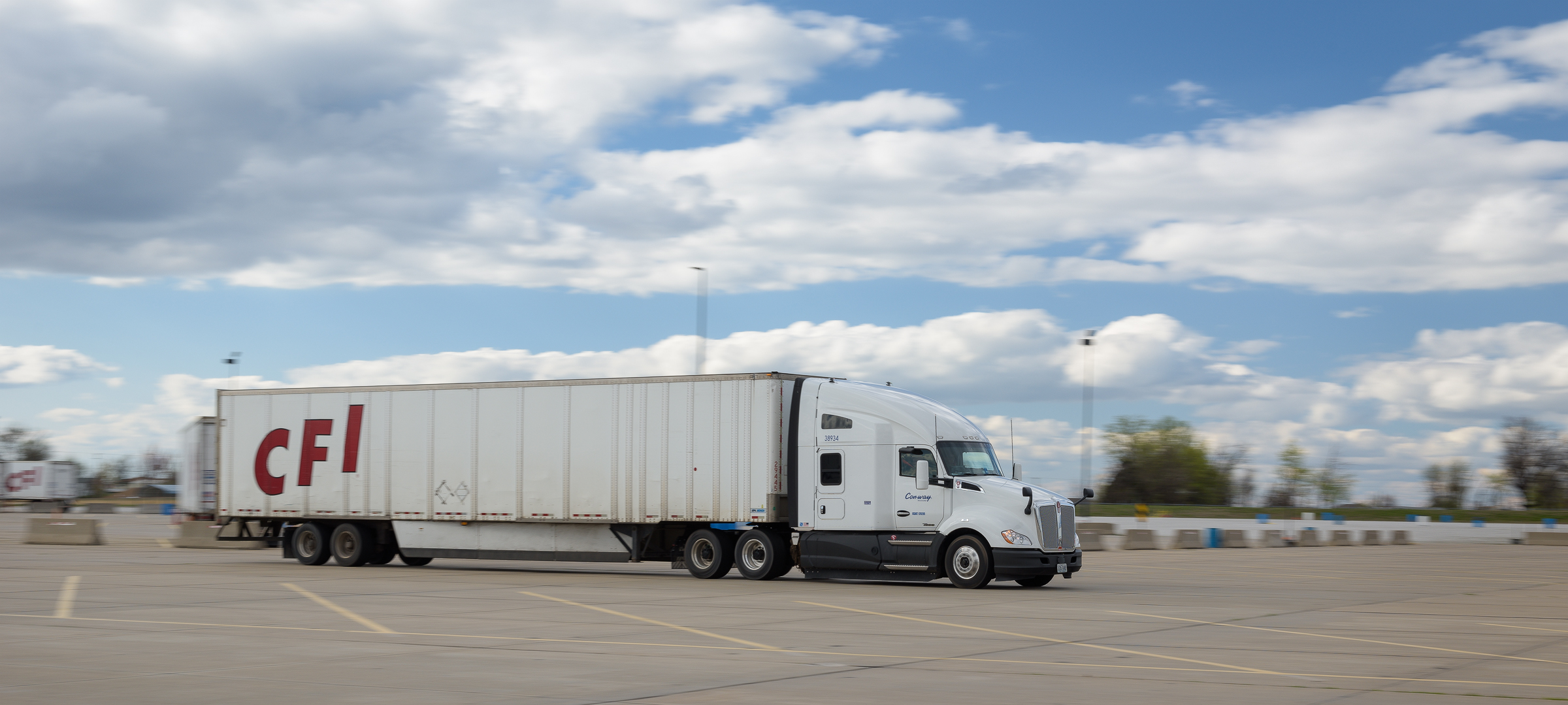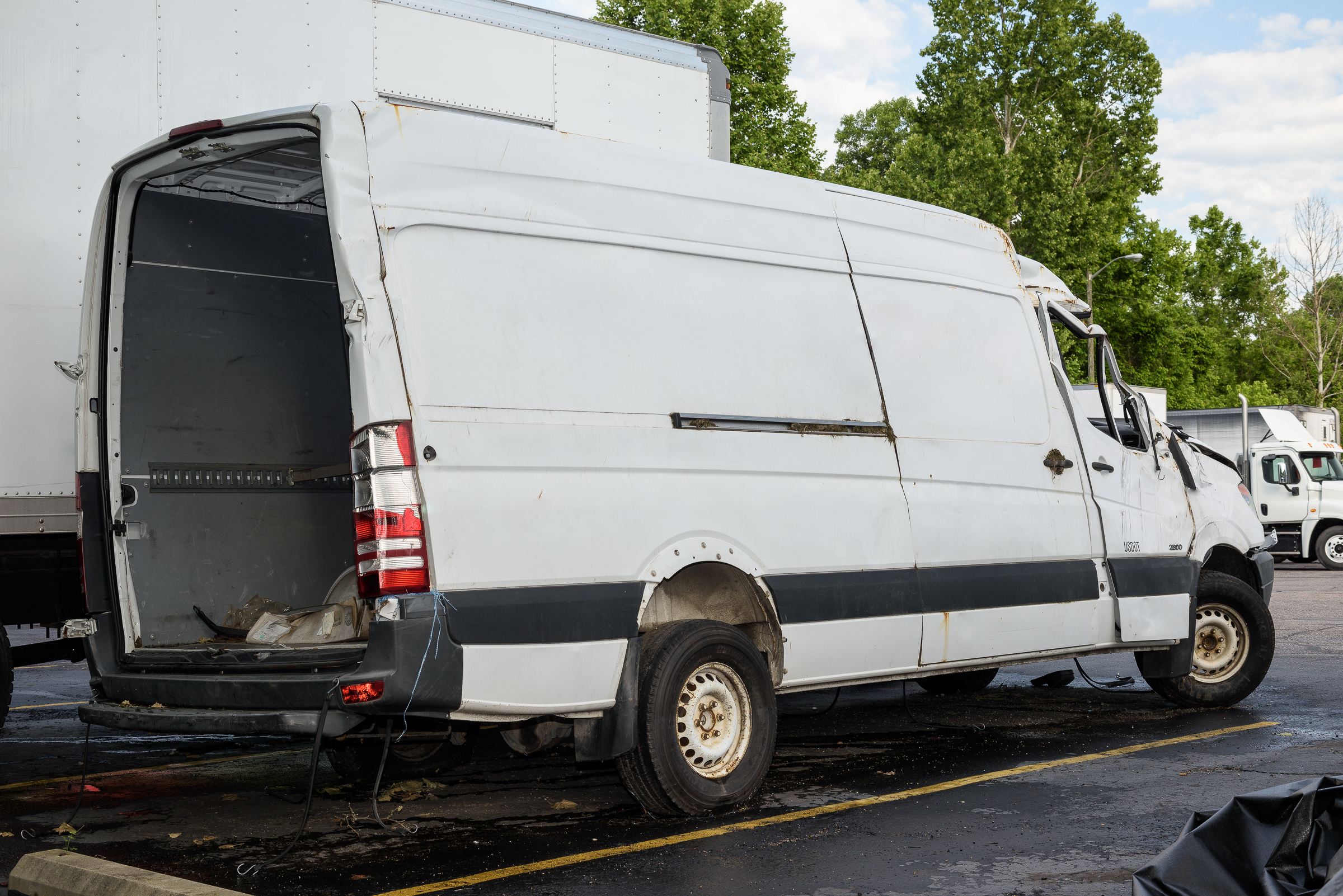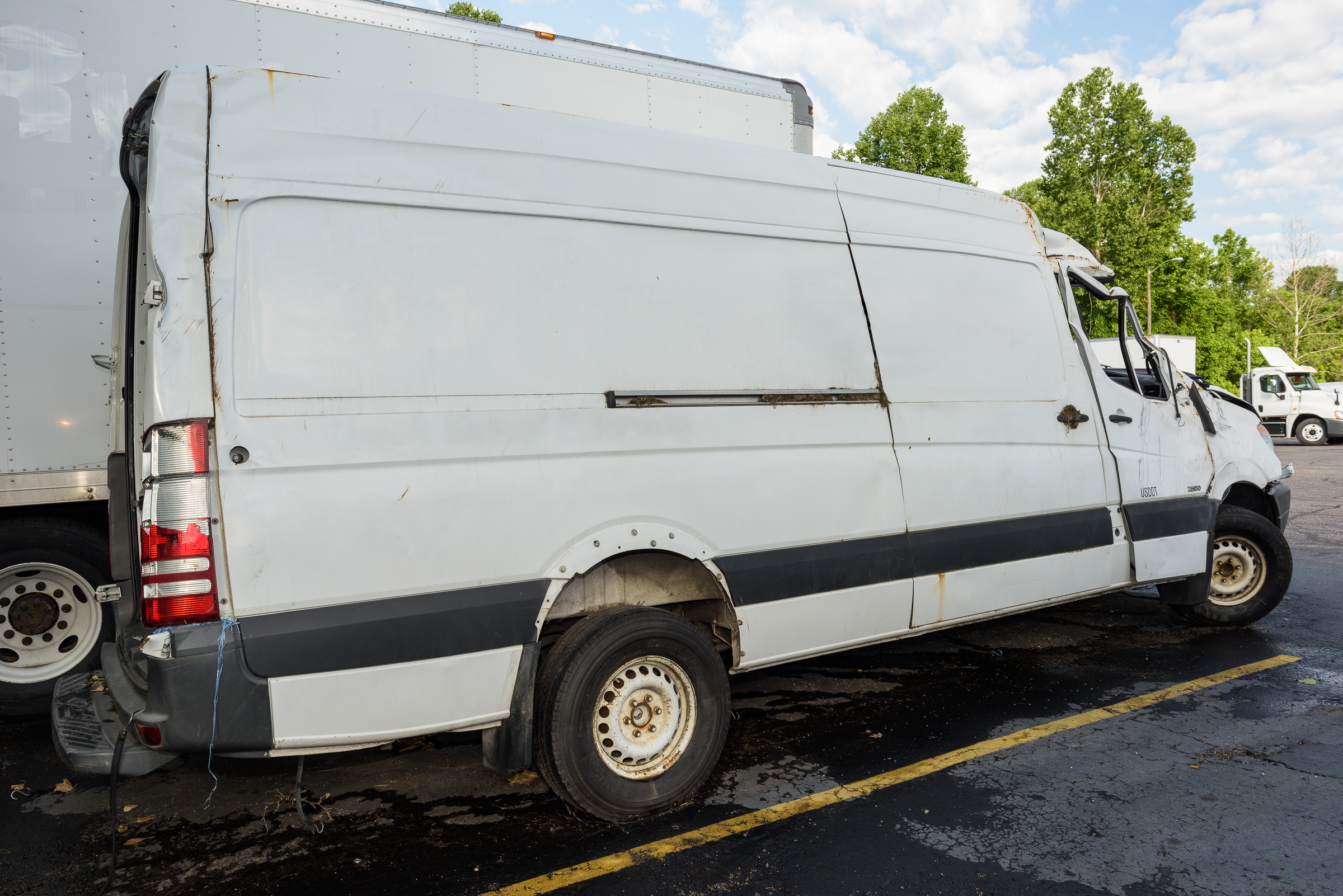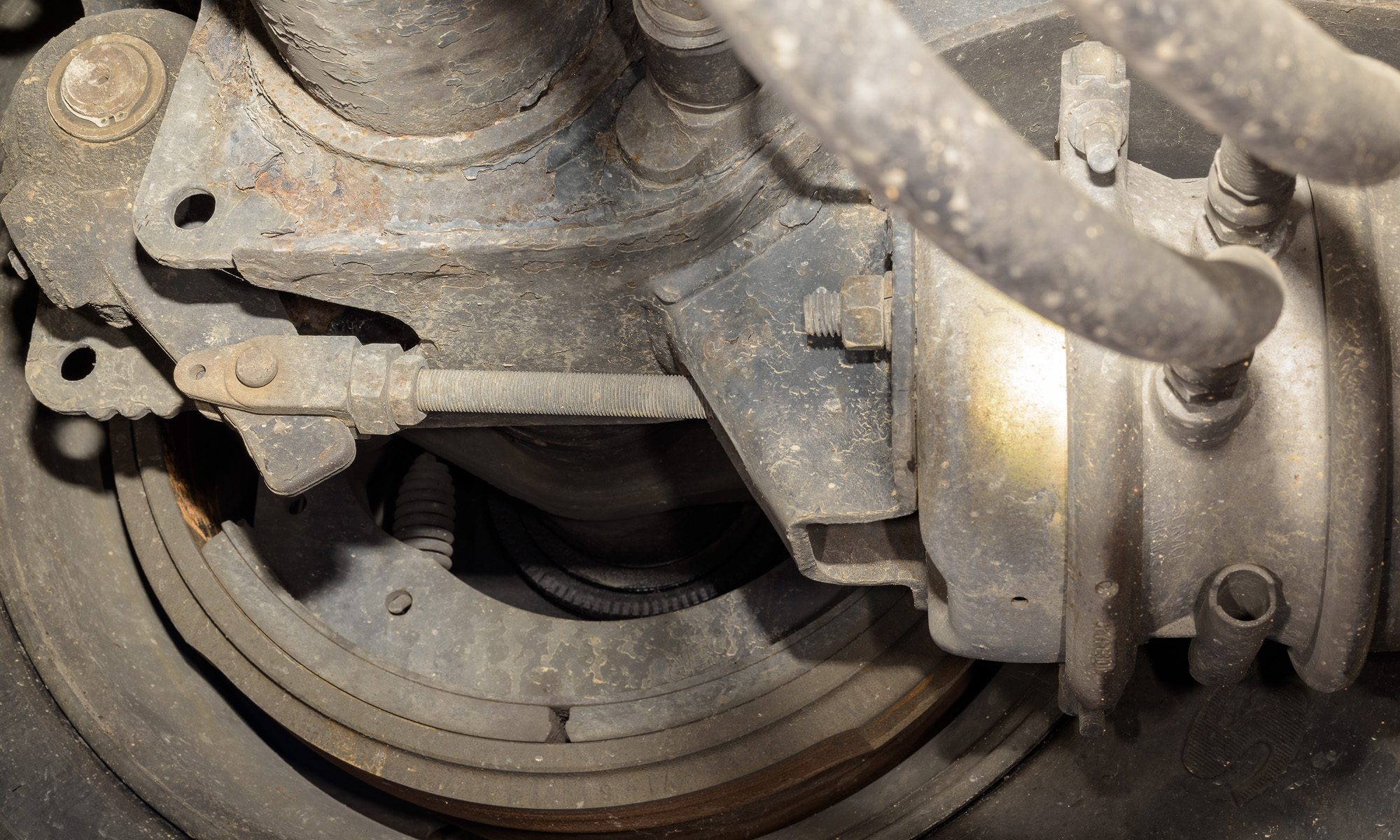In March 2016, friends and colleagues Wes Grimes (http://cea-az.com/), Greg Wilcoxson (http://www.wilcoxsonconsulting-llc.com/), and I conducted a series of heavy truck acceleration tests using tractors with automated manual transmissions (AMTs) in full auto mode. In auto mode, the transmission chose all shift points without input from the driver.
These were straight-line acceleration tests from a stop using two different truck tractors and two different test drivers. For each truck and driver combination, we ran tests with empty, partially loaded, and fully loaded van semitrailers. The drivers were asked to do half of the runs at what they felt was a “normal” acceleration. The other half of the test runs were at full throttle acceleration. There was a slight slope along the 300-foot test distance, so runs were made in both upslope and downslope directions. Our tests showed the slope, load, and throttle position all influenced when the transmission chose to shift. (Click on image to enlarge, then click on back arrow to return.)
2016 Kenworth T680: http://papers.sae.org/2017-01-1418/
2016 Freightliner Cascadia: http://papers.sae.org/2017-01-1426/
Special thanks to Contract Freighters, Inc. (CFI) and XPO Logistics for the generous use of their tractors, trailers, loads, scales, facilities, and test drivers at their facility in Joplin, MO.



